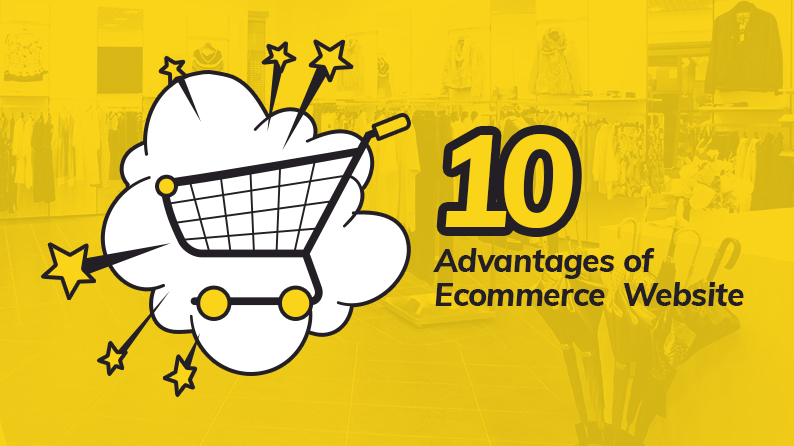Back To Home
How Do Effective Ecommerce Retailers Use Data To Understand Their Customers?
15512
Views
A customer walks into a mom-and-pop convenience store, glances around, spots a shelf of pasta sauce, and moves to the shelf for a closer look. She smiles when she sees her favorite sauce and picks up a jar, but frowns when the shelf label catches her eye. She puts the jar back on its shelf, turns around, and walks out.
What might the store owner conclude about why the customer put the product back? Price is the obvious culprit. She wanted a sauce to go with the tagliatelle she had bought earlier in the week and thought this jar was too expensive. But maybe thatÔÇÖs not the reason. Maybe the customer is on a low-carb diet and willpower asserted itself. Maybe she remembered that sheÔÇÖd arranged to meet her partner that night to eat dinner at a restaurant.
The brick-and-mortar store owner has no way to know without asking. eCommerce retailers have an advantage. They have data about the customers who come to their store and the actions they take.
Effective eCommerce retailers use data to build a picture of their customers. That picture shapes everything the retailer does, from product choices to promotions, to marketing, and beyond. If our pasta sauce story happened in the real world, itÔÇÖs unlikely the store owner would have been watching. There would have been no data to base a decision on, no knowledge of the customerÔÇÖs visit or their interest in pasta sauce.
An eCommerce retailer, on the other hand, knows when a customer looks at a product page, when they put a product in their cart, and when they fail to complete the purchase. Moreover, they likely have data about past purchases, as well as the customerÔÇÖs email address. That knowledge is valuable, and it can be used to, for example, send the customer a abandoned cart recovery email with a personalized discount on pasta sauce.
If the shopper didnÔÇÖt buy the sauce because they thought it was too expensive, the discount might motivate them to change their mind. If they really donÔÇÖt want to break their low-carb diet, the email wonÔÇÖt work, but the data has been used to increase the likelihood of a sale.
LetÔÇÖs have a look at some of the data that is available to eCommerce retailers, and how effective retailers use it to increase sales.
New eCommerce retailers understand why it is important to understand their market, but few of them appreciate just how much information is available. Their eCommerce applications collect massive amounts of data, and itÔÇÖs easy to tap into high-quality datasets from internet giants like Google and Facebook. IÔÇÖve covered just three ways users can learn more about their audiences, but thatÔÇÖs enough to get you started on your journey to learn more about your customers.
Graeme is a writer and content marketer at Nexcess, a global provider of hosting services, who has a knack for making tech-heavy topics interesting and engaging to all readers. His articles have been featured on top publications across the net, TechCrunch to TemplateMonster. For more content, visit the Nexcess blog and give them a follow at @nexcess.
Average Spend
Purchase amount tracks how much a shopper spends in an average purchase. It is perhaps the most basic metric available to eCommerce retailers, but it is valuable for deciding where to invest marketing and promotional budgets. VIP shoppers, the most loyal customers, spend the most money. To know who these people are and to cultivate their loyalty and engagement. By cross-referencing purchase amounts with some of the other data weÔÇÖll discuss, retailers can build a profile of their ideal customer.Organic Traffic
According to SEMRush, organic search is responsible for almost 40% of traffic to eCommerce stores. That dwarfs the number of referrals from paid search sources like Google AdWords. As a retailer, you need to know what the people who visit your store search for, and how to apply that knowledge to content optimization. Google is, of course, the most useful source of organic search term data. Retailers can find out which search terms are used by shoppers who click on their store in search results. Search term information is available in a couple of places:- Google Search Console Dashboard
- Within Google AnalyticsÔÇÖ Acquisition -> Queries submenu



